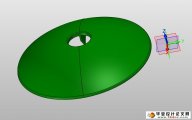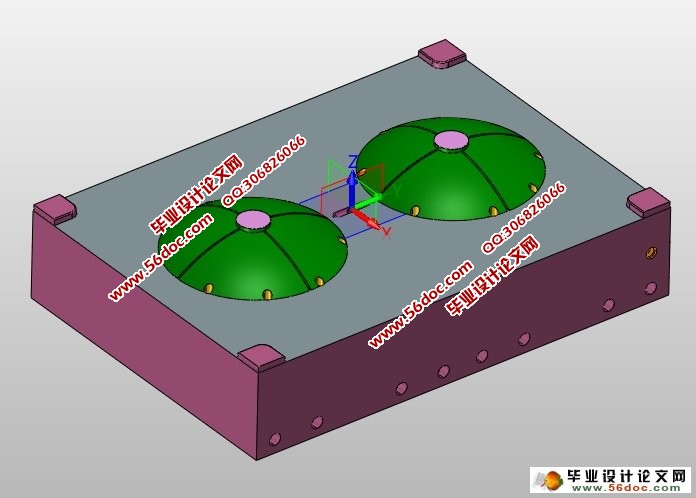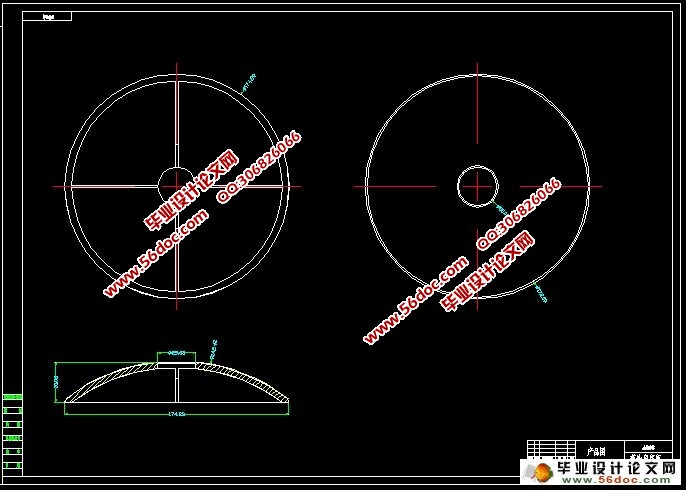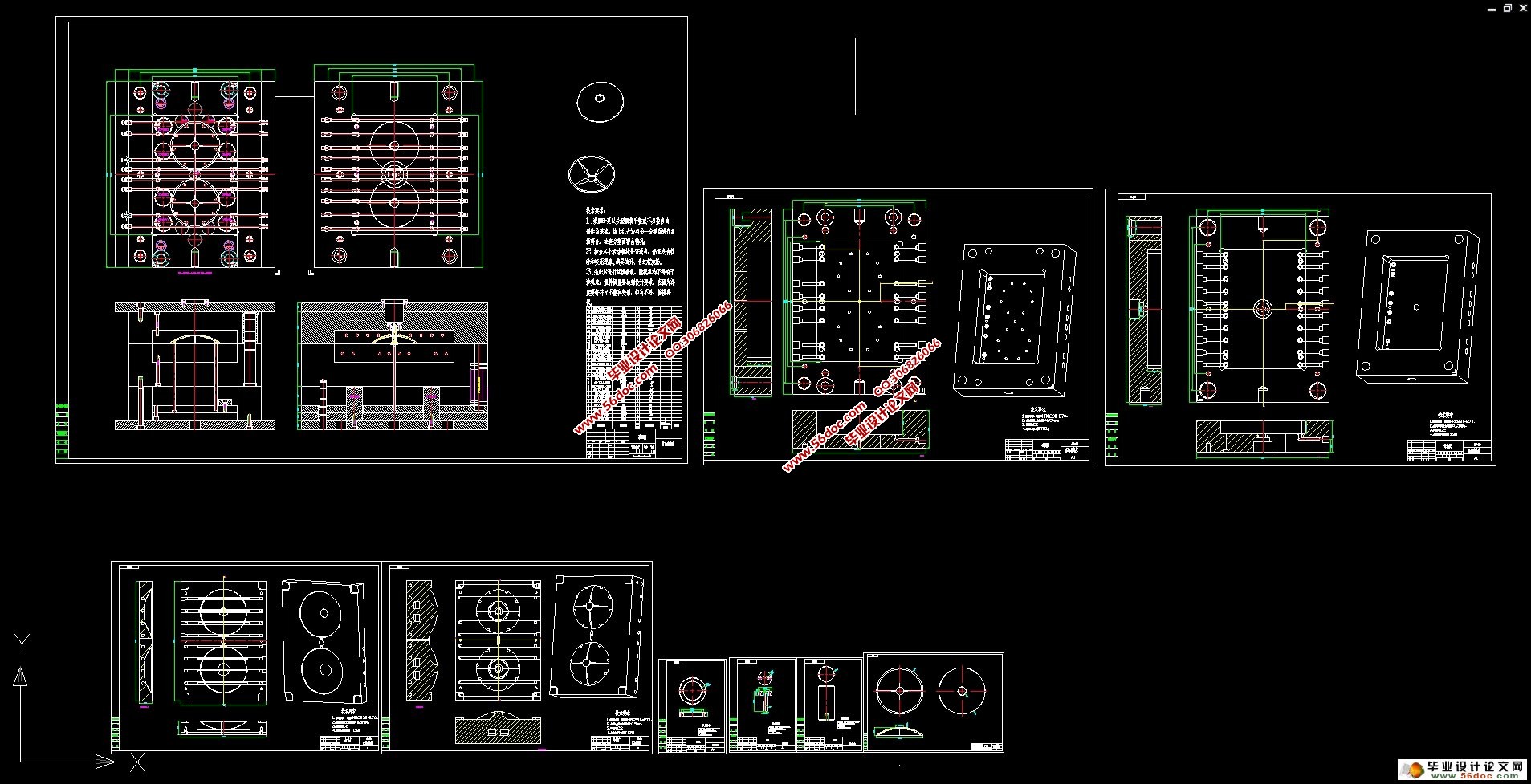落地风扇底座注塑模具的设计(含CAD图,PROE三维图)
来源:56doc.com 资料编号:5D14211 资料等级:★★★★★ %E8%B5%84%E6%96%99%E7%BC%96%E5%8F%B7%EF%BC%9A5D14211
资料以网页介绍的为准,下载后不会有水印.资料仅供学习参考之用. 密 保 惠 帮助
资料介绍
落地风扇底座注塑模具的设计(含CAD图,PROE三维图)(设计说明书13000字,CAD图纸9张,PROE三维图,工艺卡片)
摘要:塑料工业是当今世界上增长最快的工业门类之一,而注塑模具是其中发展较快的种类。因此,研究注塑模具对了解塑料产品的生产过程和提高产品质量有很大意义。
本设计介绍了的落地扇底座注射成型的基本过程,对注塑产品提出了基本的设计原则;详细介绍了塑件成型工艺设计,注射机的选择,浇注系统的的设计,成型零件的结构设计,脱模推出机构的设计,冷却系统的设计的过程。并对标准模架的选择也作了相应的介绍。通过本次设计,使我掌握了注塑模具设计的全过程,同时也提高了运用CAD绘制复杂装配图的能力。
关键词:塑料;注塑模具;模具结构
Design of floor fan base of injection mold
Abstract: the plastic industry is one of the fastest growth in today's world, and the injection mold is one of the types of rapid development. Therefore, research of injection mold of plastic production process and improve product quality to have the very big significance.
This design introduces the basic process of injection molding of the fan base, put forward the basic design principles of injection molding product with plastic molding process; design isintroduced, the choice of injection machine, the design of gating system, the structure designof molding parts, mold release mechanism design, cooling system design process. And the choice of the standard mould were introduced also. Through this design, I mastered the whole process of the injection mold design, but also improve the ability to use CAD to draw the assembly drawing of complex.
Keywords: plastic injection mold; mold structure
目录
第一章 绪论 1
第二章 工艺方案及分析 3
2.1 设计塑件时必须考虑的几个方面的问题 3
2.2 尺寸和精度 3
2.3 工件的形状及尺寸 3
2.4 工件的臂厚 4
2.5工件材料 4
2.5.1 工件材料的选择 4
2.5.2 工件材料性能分析 4
2.5.3 PVC成型塑件的主要缺陷及消除措施 5
第三章 模具结构形式的拟定 7
3.1 确定型腔数量及其排列方式 7
3.2 模具结构形式的确定 7
第四章 工件的体积估算和注射机型号的选择 9
4.1 估算零件体积和投影面积 9
4.2开模行程(S)的校核 9
4.3选择注射机及注射机的主要参数 9
4.4注塑机的校核 10
第五章 浇注系统的设计 12
5.1 主流道衬套的设计 12
5.2 冷料井和拉料杆的设计 13
5.3 分流道的设计 14
5.4 浇口的设计 14
第六章 成型零部件的设计 16
6.1 分型面的确立 16
6.2 排气槽的设计 17
6.3 成型零件的结构设计 17
6.3.1 型腔的结构设计 17
6.3.2 型芯的结构设计 17
第七章 合模导向机构的设计 20
7.1 导柱导向机构的作用 20
7.2 导柱到套的选择 20
7.3 导柱导套的排布 20
第八章 塑件脱模机构的设计 22
8.1 推出机构的设计 22
8.2 复位的设计 22
8.3 脱模过程 22
8.4 模架的设计 22
第九章 冷却系统的设计 24
9.1 冷却管道的影响 24
9.2 冷却时间的计算 24
9.3 冷却道开设原则 24
9.4冷却水道的结构 25
第十章 模具的装配 26
10.1 组件型腔和型芯与模板的装配 26
10.2 推杆的装配要求 26
10.3 模具总装配程序 26
10.4 该模具的装配要求 27
10.5 模具的装配工艺 27
第十一章 结论 28
参考文献 29
致 谢 30
|











